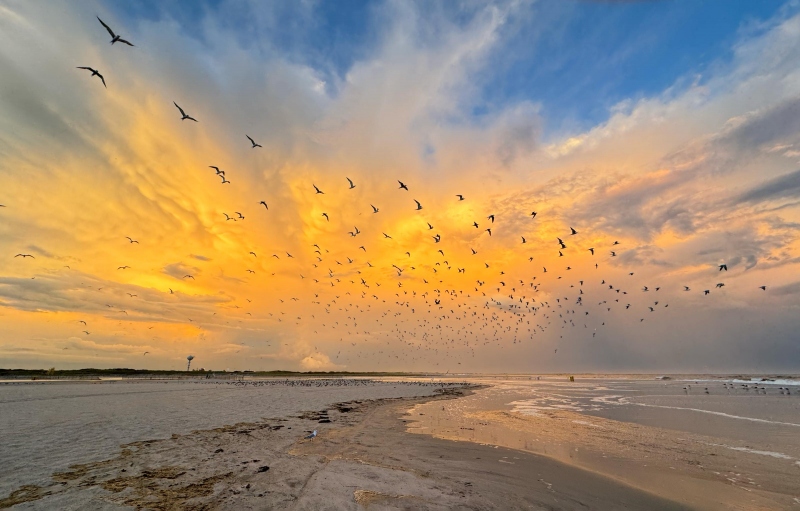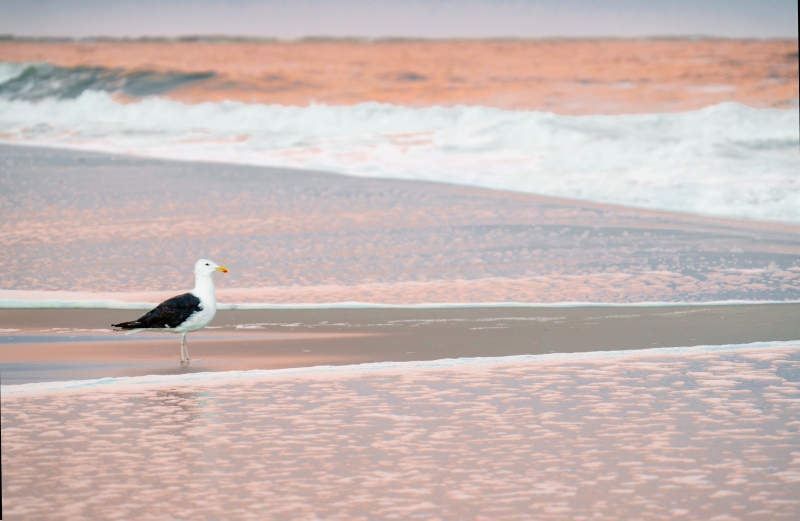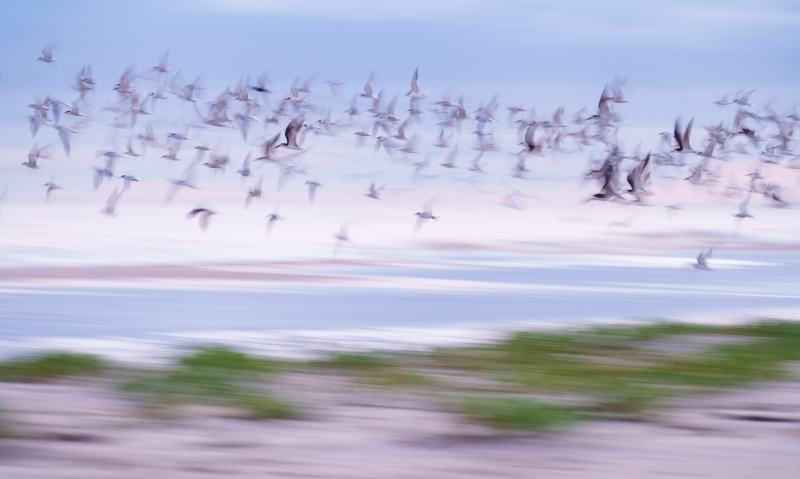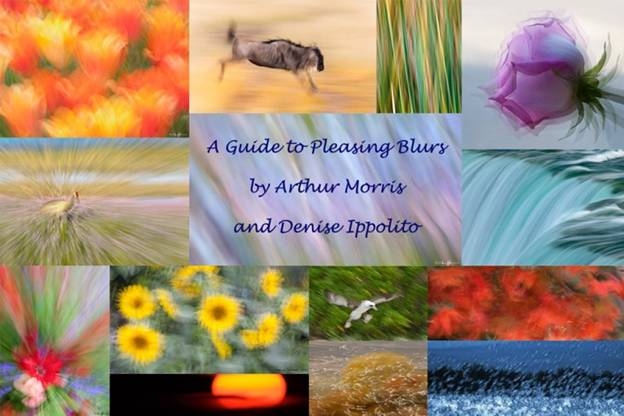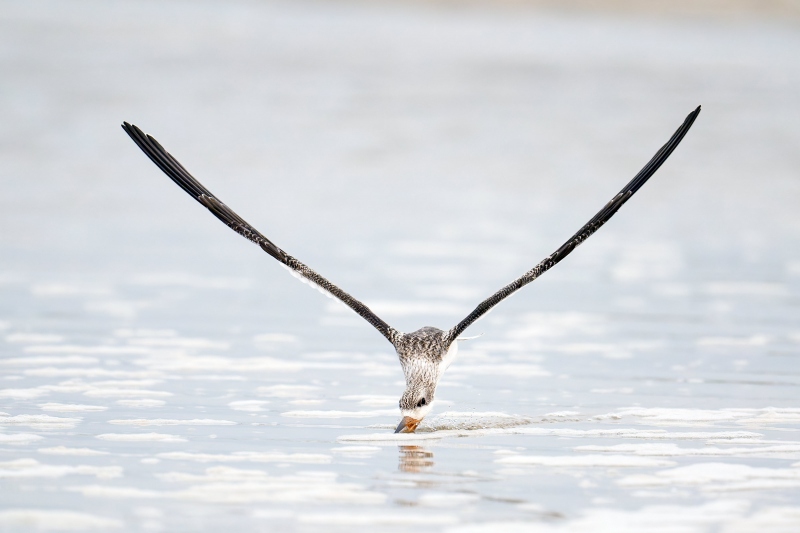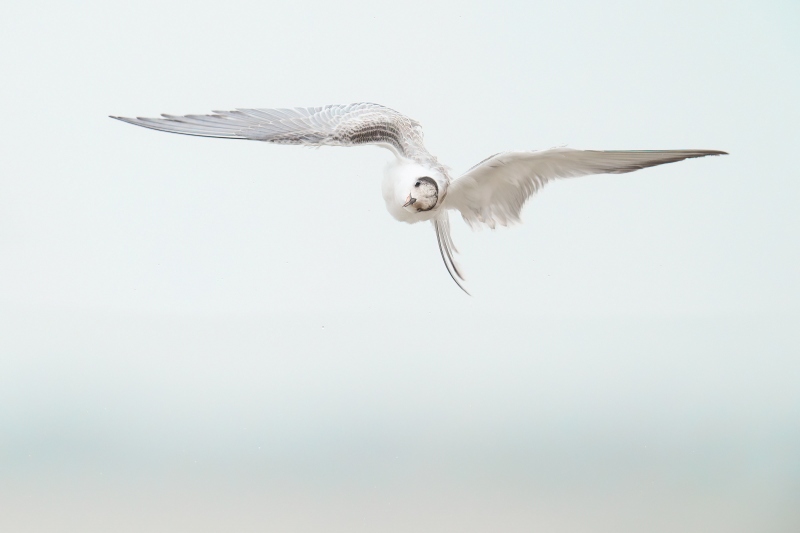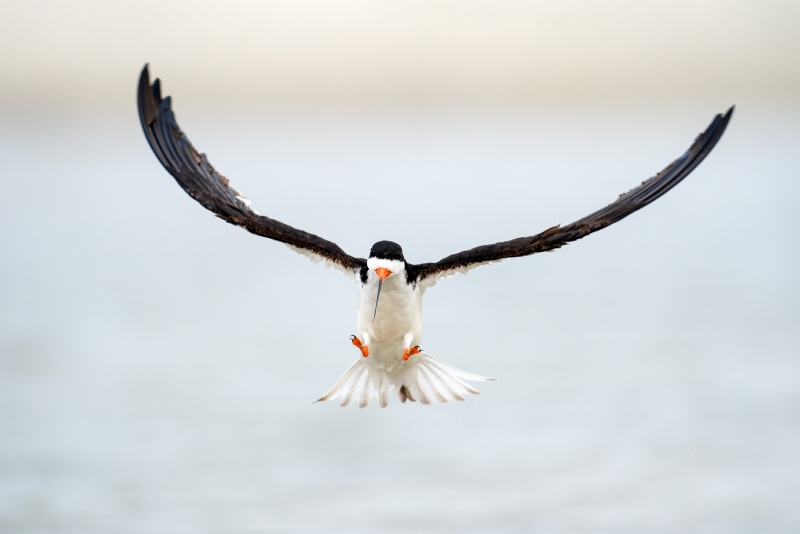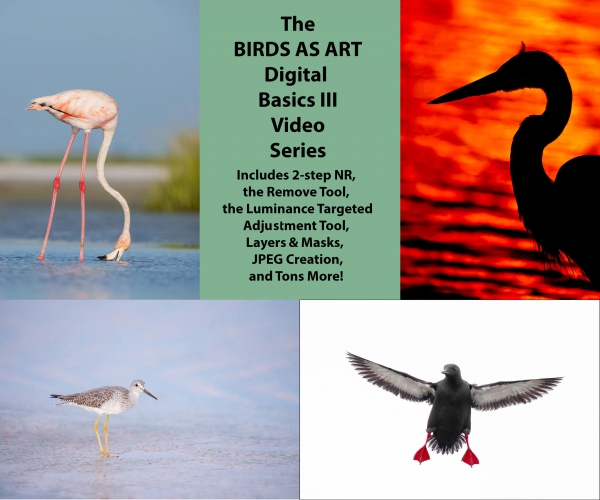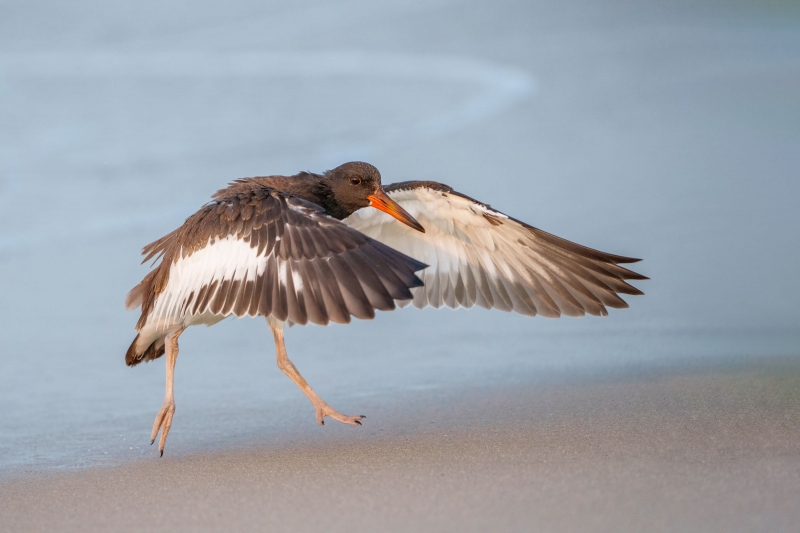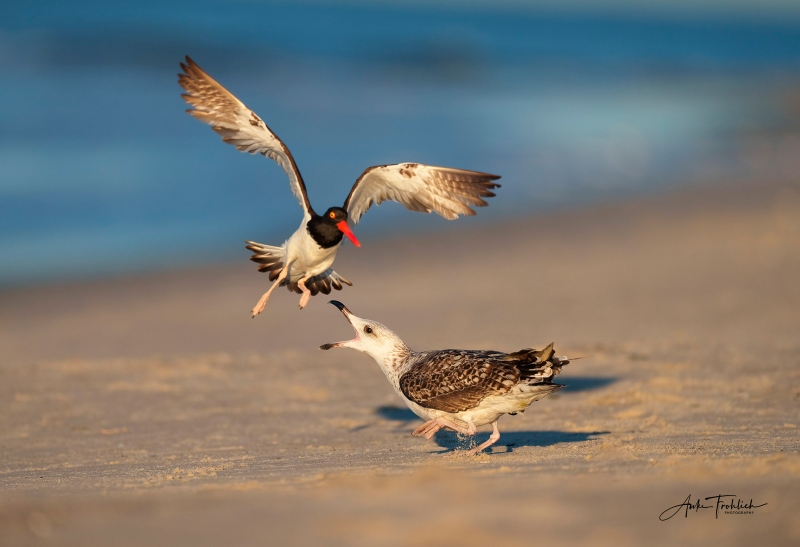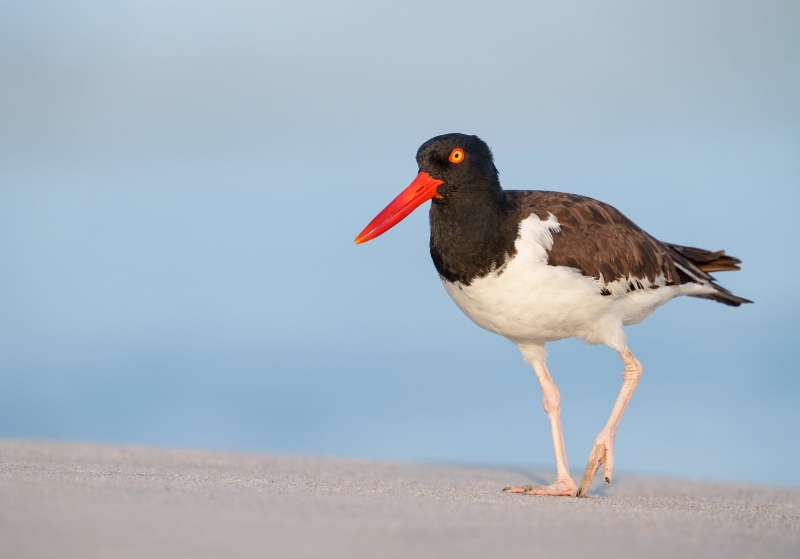August 21st, 2024 Your Call?
Which of today’s three magical evening images do you like best? Please leave a comment and let us know why you made your choice.
What’s Up?
Today is Wednesday 21 August 2024. I will be heading to St. Charles Hospital in Port Jefferson, Long Island, NY at 7:30am for “two for the price of one” right hand surgery. In addition to carpal tunnel release surgery, Dr. Puopolo will do trigger finger release surgery on the right thumb. Unable to get back to sleep on Sunday evening due to the numbness, tingling, and pain in my right hand, I realized that my right thumb was clicking. When I awoke I experienced pain at the base of my right thumb. As a veteran of about six different trigger fingers, I recognized the symptoms quite clearly. I called Dr. Pop’s office on Monday morning and he called me back soon afterwards. That is when I signed up for the double-header surgery.
Thanks for all the good wishes at the last blog post. Again, there is no guarantee when it comes to any surgery, but I am of course hoping for relief. I do have 100& faith in Dr. Poupolo who has twice before operated on me with outstanding results.
A Magical Evening on All Counts
On Monday evening past, I traveled to Lawrence, Long Island, one of the Five Towns, with friend Anke Frohlich and friends/clients Geri Georg and Marc Wortsman. We had all been generously invited to dinner at Prime Bistro, a Kosher, French steakhouse by Izzy Flamm, my B&H affiliate manager. We have been friends now for 13 years. His friend and associate, the very delightful, very sincere, very spiritual, and very funny Stuart Honickman joined us. Needless to say, the wine, the appetizers, the entrées, and the conversation were all superb. A great time was had by all. Huge thanks to Izzy and to B&H for our wonderful meal.
The four photographers then headed to Nickerson Beach for a sunset photo session and I was thrilled that Izzy decided to join us as he had done in previous years. Just as we arrived at my AirBnB in Lido Beach, the skies opened up and it began to pour. I, however, was optimistic. The storm passed quickly so we made the 3-minute drive to the beach and headed out. There was a bright rainbow to the northeast. By the time we got out to the berm, an amazing yellow light lit up the eastern sky. The Atlantic Ocean was rendered in golden tones. As they had been doing every evening for a week, the large flocks of terns and skimmers repeatedly blasted off in all directions. Izzy was blown away. As we all were. It was a fabulous end to a great Monday afternoon.
Tuesday morning dawned cold and grey, a fitting end to my month long Nickerson Beach adventure. After a short morning session — we were all freezing, we headed back to the AirBnB to pack up. After dropping Geri off at LaGuardia, I dropped Anke off in Greenwich Village, and returned to Lido Beach for a nap. After I awoke, I packed up the car and drove to younger daughter Alissa’s home in Ronkonkoma where I will be staying for two weeks after the surgery.
|
|
|
This i-phone 15 image was created at about 7:45pm on the magical evening of 19 August 2024 at Nickerson Beach Park, Lido Beach, Long Island, NY.
Image #1: Common Tern blast-off in front of the eastern sky
|
The Yellow Light
The yellow light to the east was both glorious and ethereal. Even had I removed the 2X TC and zoomed out to 70mm, I could not have gotten nearly wide enough with my versatile 70-200 f/2.8 II GM lens so I grabbed my I-Phone 15 from my new fanny pack (details soon) and went to work.
I got very lucky as the terns blasted off while I struggled a bit with my I-phone. I needed to crop a sliver off the top of this image as I had my thumb in front of the lens :-(.
|
|
|
This image was also created on the magical evening of 19 August 2024 at Nickerson Beach Park, Lido Beach, Long Island, NY. Standing at full height in six inches of water, I used the handheld Sony FE 70-200mm f/2.8 GM OSS II lens with the Sony FE 2x teleconverter (at 198mm), and The One, the Sony Alpha 1 Mirrorless Digital Camera.. The exposure was determined via Zebras with Exposure Compensation on the Thumb Dial. Multi metering +1.7 stops. AUTO ISO set ISO 3200: 1/125 sec. at f/5.6 (wide open) in Shutter Priority mode. AWB at 7:48:46pm on a stormy evening.
Tracking: Expand Spot AF/C with Bird-Eye/Face Detection performed perfectly. Click on the image to enjoy a high-res version.
Image #2: Great Black-backed Gull standing on berm after storm
|
TLC
The image optimization for Image #2 required some tender loving care as far as getting the color right. While I was able to get the surface of the ocean right and the wave washed sand right, the wave and the whites on the bird had a large CYAN/BLUE cast. I corrected that by going Select > Color Range, clicking on the problematic whites, adjusting the Fuzziness and Range sliders, and then doing a Hue Saturation adjustment to the layer; I decreased the BLUE and the CYAN saturation and made both colors lighter. All as detailed in the Digital Basics II PDF.
|
|
The BIRDS AS ART Current Workflow e-Guide (Digital Basics II).
You can order your copy from the BAA Online Store here, by sending a PayPal for $40 here, or by calling Jim or Jennifer weekdays at 863-692-0906 with your credit card in hand. Be sure to specify Digital Basics II.
|
The BIRDS AS ART Current Workflow e-Guide (Digital Basics II)
The technique mentioned above and tons more great Photoshop tips and techniques — along with my complete digital workflow, Digital Eye Doctor Techniques, and all my personalized Keyboard Shortcuts — are covered in detail in the BIRDS AS ART Current Workflow e-Guide (Digital Basics II), an instructional PDF that is sent via e-mail. Note: folks working on a PC and/or those who do not want to miss anything Photoshop may wish to purchase the original Digital Basics along with DB II while saving $15 by clicking here to buy the DB Bundle.
Please note: the Divide and Conquer technique was inadvertently omitted from DB II. It is detailed in a free excerpt in the blog post here.
Folks who learn well by following along rather than by reading can check out the complete collection of MP 4 Photoshop Tutorial Videos by clicking here. Note: most of the videos are now priced at an amazingly low $5.00 each.
You can learn how and why I converted all of my Canon digital RAW files in DPP 4 in the DPP 4 RAW Conversion Guide here. More recently, I became proficient at converting my Nikon RAW (NEF) files in Adobe Camera Raw. About three years ago I began converting my Nikon and Sony RAW files in Capture One and did that for two years. You can learn more about Capture One in the Capture One Pro 12 Simplified MP4 Video here. The next step would be to get a copy of Arash Hazeghi’s “The Nikon Photographers’ Guide to Phase One Capture One Pro e-Guide” in the blog post here. Today, I convert my Sony raw files in Photoshop with Adobe Camera Raw.
You can learn advanced Quick Masking and advanced Layer Masking techniques in APTATS I & II. You can save $15 by purchasing the pair.
|
|
|
This image was also created on the magical evening of 19 August 2024 at Nickerson Beach Park, Lido Beach, Long Island, NY. Standing at full height, I used the handheld Sony FE 70-200mm f/2.8 GM OSS II lens with the Sony FE 2x teleconverter (at 196mm), and The One, the Sony Alpha 1 Mirrorless Digital Camera.. The exposure was determined via Zebras with Exposure Compensation on the Thumb Dial. Multi metering +2.0 stops. AUTO ISO set ISO 3200: 1/13 sec. at f/5.6 (wide open) in Shutter Priority mode. AWB at 8:01:31pm on a stormy evening.
Tracking: Expand Spot AF/C with Bird-Eye/Face Detection performed perfectly. Click on the image to enjoy a high-res version.
Image #3: Tern/skimmer Blur
|
Looking Southwest
Good nature photographers keep their eyes moving constantly, especially in rapidly changing situations. Looking to the southwest, I noted a decent tern/skimmer blastoff and was able to include some pan-blurred beach vegetation by zooming out. As first pointed out in the original The Art of Bird Photography, adding green to an image is usually a good idea.
A Guide to Pleasing Blurs
Learn everything there is to know about creating pleasingly blurred images in A Guide to Pleasing Blurs by Denise Ippolito and yours truly. This 20,585 word, 271 page PDF is illustrated with 144 different, exciting, and artistic images. The guide covers the basics of creating pleasingly blurred images, the factors that influence the degree of blurring, the use of filters in creating pleasing blurs, and a great variety of both in-the-field and Photoshop techniques that can be used to create pleasingly blurred images.
Artie and Denise teach you many different ways to move your lens during the exposure to create a variety of pleasingly blurred images of flowers and trees and water and landscapes. They will teach you to recognize situations where subject movement can be used to your advantage to create pan blurs, wind blurs, and moving water blurs. They will teach you to create zoom-blurs both in the field and during post-processing. Artie shares the techniques that he has used and developed for making blurred images of flocks of geese in flight at his beloved Bosque del Apache and Denise shares her flower blur magic as well as a variety of creative Photoshop techniques that she has developed.
With the advent of digital capture creating blurred images has become a great and inexpensive way to go out with your camera and have fun. And while many folks think that making successful blurred images is the result of being a sloppy photographer, nothing could be further from the truth. In “A Guide to Pleasing Blurs” Artie and Denise will help you to unleash your creative self.
Typos
With all blog posts, feel free to e-mail or to leave a comment regarding any typos or errors.
August 18th, 2024 Your Call?
Which, if any, of today’s three featured images do you like? Why did you make your choice. If none of them, why?
What’s Up?
I’ve been busier than the proverbial one armed paper hanger. Today is Sunday 18 August. On Monday morning, I head out to eastern Long Island for pre-surgical testing and medical clearance. This coming Wednesday — assuming no unexpected problems, I will have carpal tunnel surgery on my right wrist. I have had sporadic numbness and tingling in my right hand for several years that has gotten worse over time, sometimes to the point of pain. The numbness often makes sleep difficult. It goes from the inside of my right ring finger to the inside of the right thumb, classic median nerve/carpal tunnel symptoms. More than a few times recently, I could not feel the shutter button at all and had to press it with my right pointer finger. And typing has been and is a challenge. Right now the hand is numb pretty much 24/7. The surgery will be done at St. Charles Hospital in Port Jefferson, NY by the word’s greatest hand surgeon, Dr. Steven Puopolo.
I have tried Vitamin B6 and all kinds of massage and stretching without success. While I am hoping that the surgery brings relief, there are of course, no guarantees.
I am far behind on e-mails so if you have been waiting to hear from me, please continue to be patient. With lots of rain in the forecast, I should get to some of them today.
On Friday evening, we were greeted by two evening high tide overflow pools at Nickerson. There were quite a few large gulls bathing and we had some fun with them. We were excited on Saturday morning to see if the pools had persisted. They had, and with the early morning high tide, they had gotten larger. Things started off slowly but by moving the group often as the pools first got deeper and then began to shrink, we enjoyed a ton of flight and bathing action for many hours, finally leaving the beach at about 11am as the sun broke through the heavy cloud cover. The 15 mph wind from the southeast had been perfect. Using my a9 iii for the first time in a while, I created more than 16,000 images. Anke made more than 8,000, and Geri about 5,500. With the extreme low light conditions, we were all using very high ISOs most of the time. My keeper rate for the first edit was a shade less than 2%, about twice what I had expected.
By the time we left, the pools had shrunk to relatively small puddles.
We were curious to see what the conditions would be like on Saturday evening, wondering if there would be any pools left at all. As we walked over the wooden walkway to the beach, we were stunned to see that the entire beach was flooded, almost from the parking lot to the berm. It was an amazing sight. With little light, I experimented first with ridiculously high ISOs, as high as 40,000 (at f/2.8!) but then went to blurs. There were lots of skimmers skimming and huge tern blastoffs.
a9 iii for Action
Knowing that the morning southeast wind combined with the flooding would likely produce lot of flight and bathing chances, I went with tripod mounted 600mm f/4 lens and the a9 iii, adding the 1.4X TC early on because most of the action was in the center of the pool.
Whole Lotta Shaking Going On. But When?
I kept missing the Common Tern midair shakes until I realized that when they flap after their baths and then keep flapping to lift off, the birds would consistently flap several times more before shaking the water off their feathers. Once I figured that out, I stayed on them and created a few neat photos despite the high ISOs. My double noise reduction technique (as detailed in Volume I of the Digital Basics III Video Series) produced clean, noise free images even at ISO 5000.
Footsies! What’s With the Feet?
As we watched and photographed mostly adult skimmers bathing right in front of us for hours, we all noticed that they were doing very strange things with their feet as they lifted off and took flight. They would flap vigorously in place after they bathed, and when they lifted off, it seemed that they were using their feet to push the air to give them more lift. They would point their toes down and then bring their feet forward, sometimes in tandem, other times in opposition, as if trying to walk on air.
Though Image #3 looks very much like the bird is braking to land, it is actually taking flight. We all made some very interesting skimmer footsie photos.
|
|
|
Five videos, fifteen complete image optimizations.
The Digital Basics III Video Series
|
The Digital Basics III Video Series
I realized about two years ago that my digital workflow had changed significantly and was toying with the idea of writing a Digital Basics III. More recently, I learned and begun working with two great new Photoshop Tools, the Remove Tool and the Luminance Targeted Adjustment Tool. The former is like a smarter Spot Healing Brush Tool on steroids and the latter is a step up from the fabulous Color Mixer Tool. During that same time frame, I came up with a new and improved 2-step noise reduction technique. I still use Divide and Conquer, Quick Masks, Layer Masks, an expanded array of personalized keyboard shortcuts, and tons of other stuff from both versions of Digital Basics.
As soon as I realized that I did not want to take on another large writing project, I realized that by creating a series of videos I could much more easily share all the details of my current digital workflow and much more easily incorporate additional new tips, techniques, and tools as I went. And so, The Digital Basics III Video Series was born. The five videos (with 15 image optimizations in all) will be most valuable for folks using the latest version of Photoshop (2024) or Lightroom along with Topaz DeNoise AI and Topaz Sharpen AI.
Typos
With all blog posts, feel free to e-mail or to leave a comment regarding any typos or errors.
August 16th, 2024 What’s Up?
While we continue to battle the wind against sun conditions, we have continued to make some very fine images each and every session. You can see three of those in today’s blog post. Your comments on each image are welcomed.
On Thursday morning there were five of us in good position to create some pre-dawn skimmer blurs. Rob from Maryland, a very nice man who had been hanging with us for a few days, asked if we should all go closer. I said that I thought that there was no need to do so. We all stayed and enjoyed some excellent blastoff action.
The distance from Point Lookout (to the east) to the Silver Point Jetty in Atlantic Beach (to the west) is about 10 miles. We had all noted a tame young Great Black-backed Gull standing on the smooth sand near the ocean. Anyhoo, the gull was no more than 10 yards from us when suddenly it flew up and dove into the water just a few feet from shore. It emerged with a foot long baby Sand Shark (Dogfish) in its bill. It took about five minutes to subdue and then swallow its prey. The five lucky photographers created more than a few images in that relatively short time. What luck that the gull got lucky in plain sight right in front of five bird photographers. Photos soon.
When the action was over, I asked Rob (with a smile on my face), “Are you glad that we did not all move up?”
Today is Friday 16 August 2024. We learned that the pale sunrises have been due to both marine haze and smoke from western US wildfires. After another excellent blast-off blur session at the beach, made a wiggle. Thanks to a great tip from good friend longtime NYC birder Peter Post, we found and photographed about a dozen juvenile Yellow-crowned Night-Herons at a nearby marina. Geri and I went for portraits and head shots and Anke went for flight. All of us succeeded. No surprise at all.
|
|
|
This image was created on 15 August 2024 on the first morning of the (extended) Combo IPT by Geri George. Seated on damp sand she used the knee pod technique with the hand held Sony FE 200-600mm f/5.6-6.3 G OSS lens (at 600mm) and The One, the Sony Alpha 1 Mirrorless digital camera. ) The exposure was determined using Zebra technology with ISO on the Thumb Dial. ISO 6400. 1/3200 second at f/6.3 (wide-open) in Manual Mode. AWB at 8:05:31am on a barely sunny morning with the sun muted by thick haze to the east. RawDigger showed the exposure to be dead-solid perfect.
Tracking: Zone AF-C with Bird Face/Eye Detection performed perfectly. Click on the image to enjoy a larger, sharper high-res version.
Image #1: American Oystercatcher juvenile flapping after bath
Image courtesy of and copyright 2024 Geri Georg
|
Geri Georg
With about two decades between IPTs, Geri Georg attended a Spring DeSoto IPT this past May. She had so much fun and learned so much that she returned for the Combo IPT. Geri is one of my many Canon to Sony converts. In short, she says with a big smile, “I love it!” She has never had a problem making sharp images. By learning and using Sony Zebras, she is constantly nailing her exposures. And she is an excellent student. I teach, pick the shutter speed that you need to make a sharp image and increase the ISO (using the Thumb Wheel) until you see some Zebras on the highlights (live in the viewfinder before you press the shutter button). There is no need to create and evaluate a test image to consistently cone up with perfect exposures. Anyhoo, Geri came up with the perfect ISO for the situation without even noticing that she was at ISO 6400! Image optimization by yours truly, BIRDS AS ART.
She has absolutely loved being on the beach with the skimmers and the terns.
|
|
|
This image was created by Anke Frohlich on the (extended) Combo IPT. Seated on the damp sand, she used the hand held Sony FE 600mm f/4 GM OSS lens and The One, the Sony Alpha 1 Mirrorless digital camera. ISO 1000: 1/6400 sec. at f/4 (wide open).
Tracking: Zone/AF-C was active at the moment of exposure and performed perfectly. Be sure to click on the image to enjoy the larger version.
Image #2: American Oystercatcher buzzing first summer Great Black-backed Gull
Image courtesy of and Copyright 2024: Anke Frohlich Photogrpahy
|
Action Anke
Anke loves to photograph birds in flight and in action. She almost always sets up with a very fast shutter speed even when working in low light conditions and thus needs very high ISOs. “I will always go for action over the art shots. I need to be ready,” she says. When Anke saw the adult oystercatcher begin attacking the gull to protect its two chicks, she moved back quickly (human zooming so to speak) while staying on sun angle. When she’d see the oystercatcher fly at the large predator, she would raise her lens, acquire focus on the gull’s head, and begin firing. Her timing was perfect for Image #2.
While she was making this great image, I was sitting in about a foot of Atlantic Ocean water trying to avoid being knocked on my ass by the occasional small wave. I was way off sun angle and got nothin’.
You can see more of Anke’s excellent bird photography on her Instagram page here or check her out further online here.
|
|
|
This image was created by Arthur Morris at Nickerson Beach while leading the first (extended) Combo IPT. Seated on damp sand he used the heel pod technique with the I used the hand held Sony FE 300mm f/2.8 GM OSS lens (Sony E) with the Sony FE 2x Teleconverter and The One, the Sony a1 Mirrorless Camera. The exposure was determined using Zebra technology with ISO on the Thumb Dial. ISO 1250. 1/1250 second at f/6.3 (stopped down 1/3-stop in error) in Manual Mode. AWB at 6:54:34pm late on a sunny afternoon. RawDigger showed the raw file brightness to be perfect.
Tracking: Expand Spot AF-C AF with Bird Face/Eye Detection performed perfectly. Be sure to click on the image to enjoy a high-res version.
Image #3: American Oystercatcher male atop a mound in gorgeous light
|
Art for artie
Anke calls images like this beauty shots. I call them BIRDS AS ART — clean, tight, graphic, and colorful with a lovely, de-focused background. And the somewhat patriotic color scheme works for me as well. When I saw this bird pause atop a clean mound of sand, I hustled to my right to get on sun angle, flipped out the rear screen, put on my reading glasses, and prayed for the bird to stay for a few moments as I sat down slowly so as not to scare him off. I supported the lens with between my heels quickly found the bird in the viewfinder, and fired about two dozen frames, the first 12 at the exposure above, and then another 12 1/3 stop lighter. Only two of the slightly darker frames had the perfect head angle.
The key to the success of this image was that with the bird elevated on a rise, the Atlantic Ocean blue background was a relative mile away from the bird. The resulting image was exactly what I had envisioned when I saw the bird on the smooth mound of sand.
Typos
With all blog posts, feel free to e-mail or to leave a comment regarding any typos or errors.
|
|

